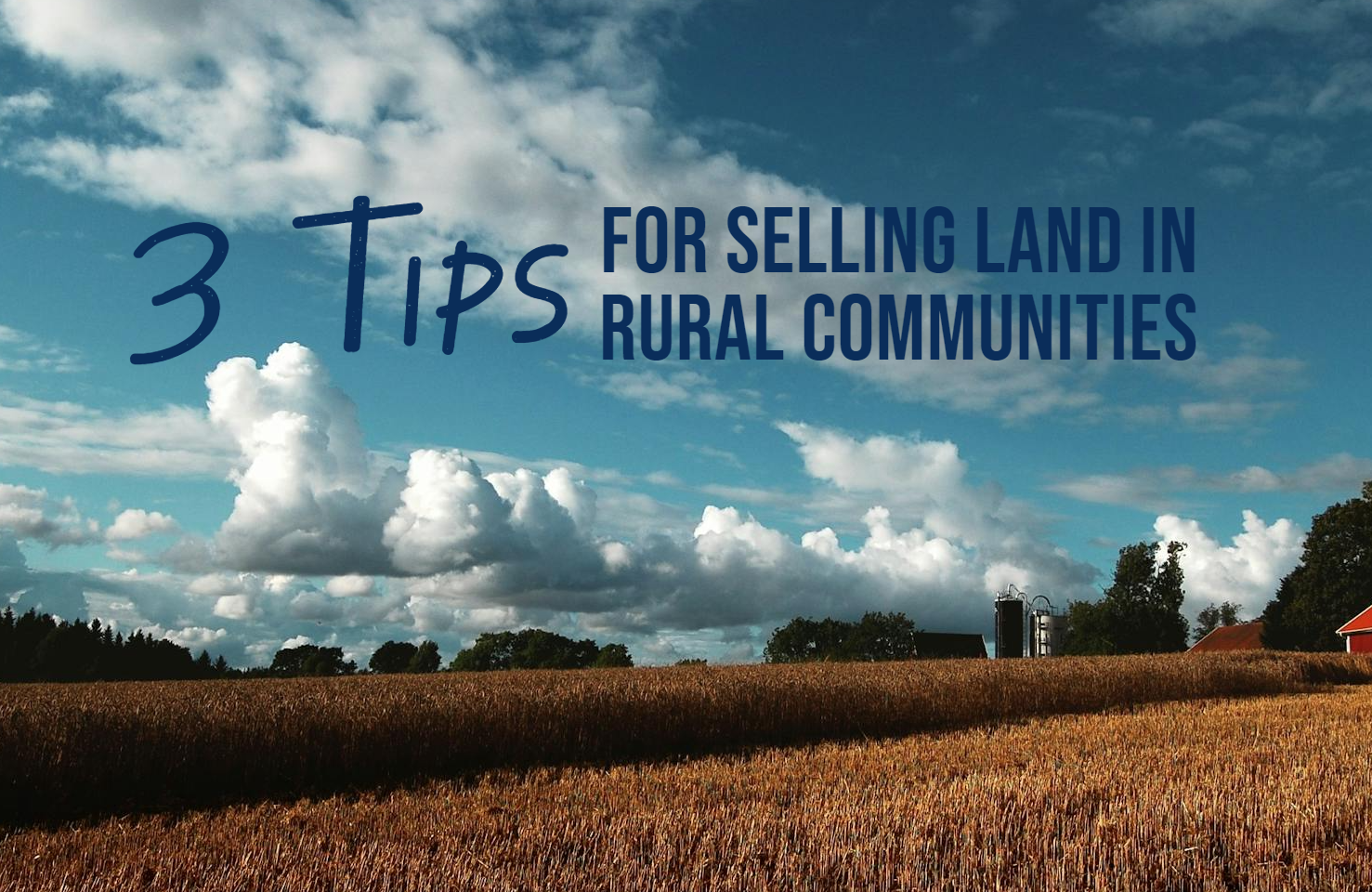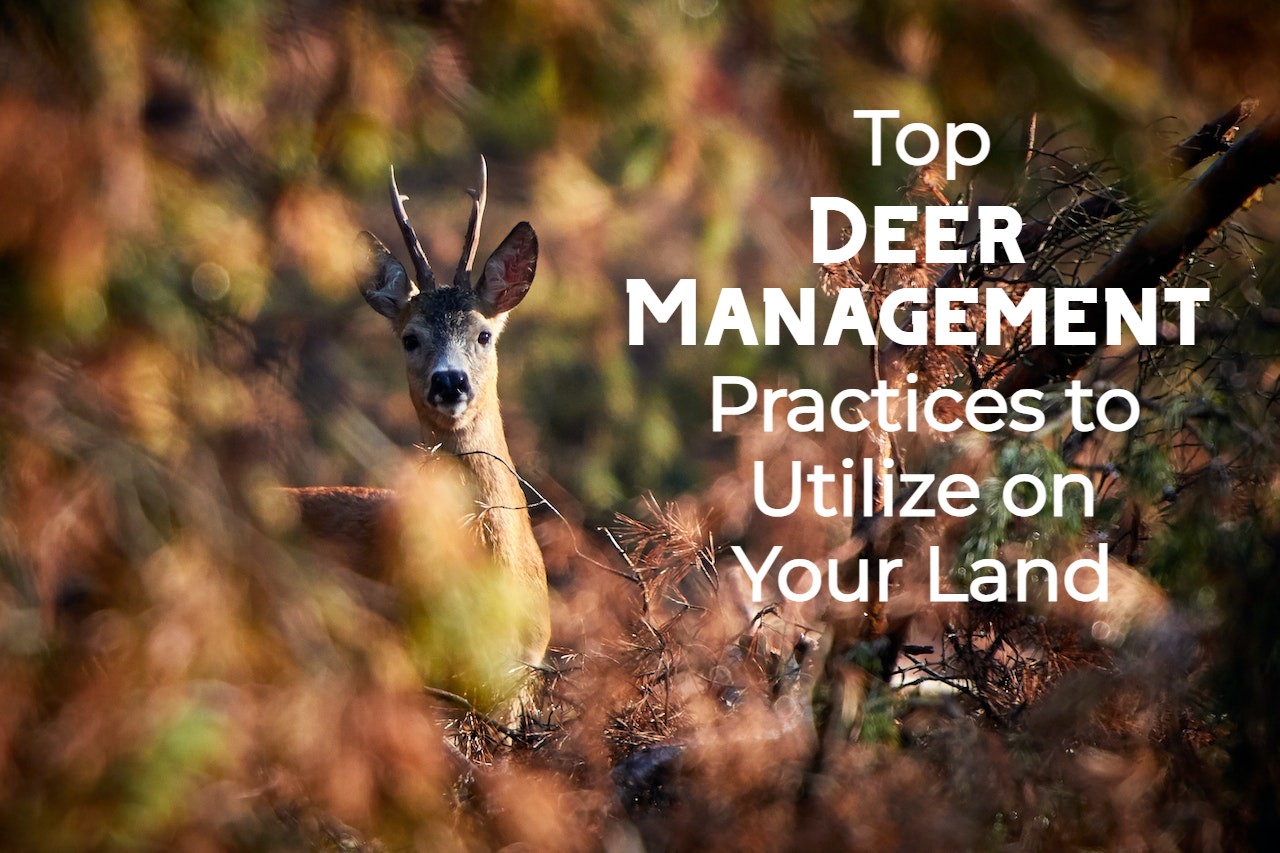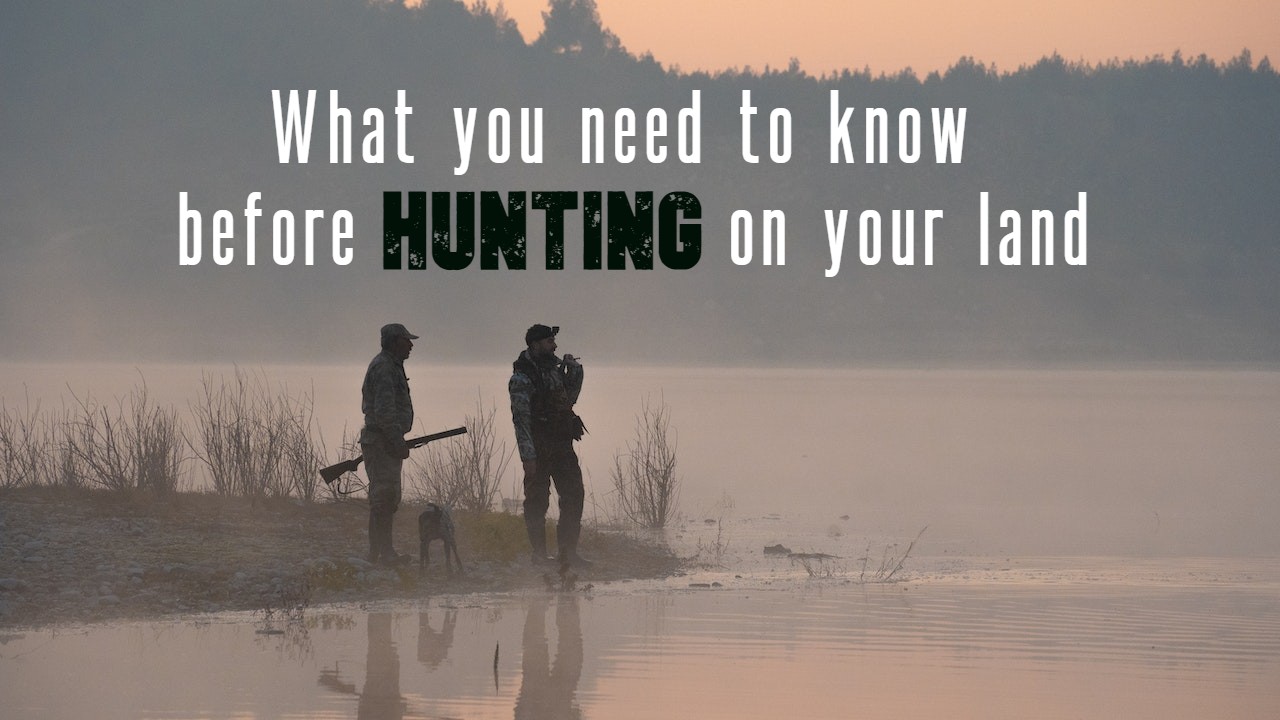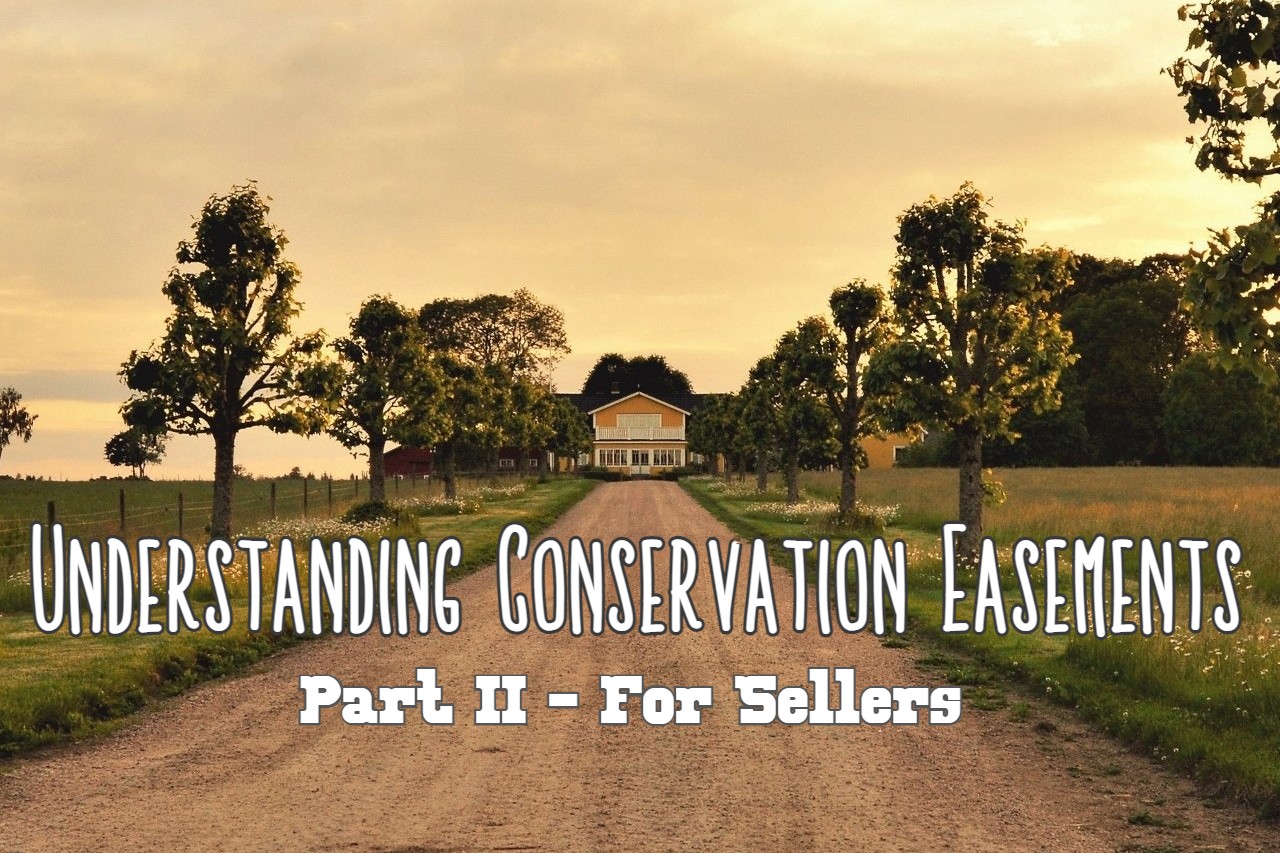How big is an acre, really?
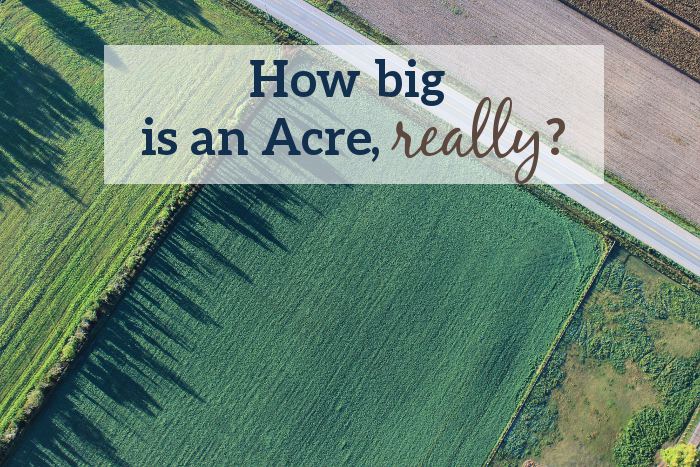
An acre is the typical measurement of a piece of land, used by buyers and sellers to have an understanding of the size of a piece of property. Much like square footage is used by home buyers to determine the size of a house, acreage gives buyers a better sense of the size of the property, which is easier than using the lot measurements, which can vary greatly and are often not symmetrical.
The origin of the word “acre” comes from Old English – æcer, which denotes the amount of land a yoke of oxen could plow in a day, but is of Germanic origin; Acker for ‘field’.
Nowadays, most of us don’t have any idea how much land a yoke of oxen can plow, and indeed, today the measurement is a little bit more accurate! The official measurement of an acre is 43,560 square feet.
Exactly how big is an acre?
- 4,045 square meters
- 4,840 square yards
- 43,560 square feet
- 0.404686 hectares
- 0.0015625 square miles
For the average person, a pretty easy way to understand an acre is that it is about the equivalent of three-quarters of a full-length football field or 16 tennis courts laid out in a four-by-four square.
When looking at large tracts of land, though, it can still be difficult to determine a single acre within tens or hundreds of square miles of land. To give you an idea of what that means in real property, here are a few examples of acreages:
Wrigley Field in Chicago
The baseball diamond plus outfield of the home of the 2016 World Series Champs (how ’bout them Cubbies!) measures 2 acres.
The White House in Washington, DC
The home & grounds of the (arguably) most powerful man in the world measure 8 acres. If you’ve ever seen the White House in context among the rest of Washington, DC, it looks surprisingly tiny.
The Upper Peninsula of Michigan
The UP is an awfully large area to be measured in acres (it has an area of 16,377 square miles), but in case you’ve ever wondered, it covers an area of just under 10.5 million acres.
From here, the question many people ask next is “How much is an acre worth?”
The answer, of course, is much more varied than the measurement of an acre. In rural areas of Michigan, unimproved land (raw land, with no buildings, no well or septic system, etc.) can sometimes be found for $4,000/acre or less, depending on the type of land (recreational, tillable, timberland, etc.), as well as the size of the tract, and will go up from there. Specialty land – waterfront property or commercially zoned land in town as an example – will often be more expensive.
Here are a few examples of the extreme variations in price that you can see. These were all currently on the market at the writing of this article:
5 Acres
Unimproved 5 Acres in Kalkaska in the far north of the Lower Peninsula, that is partly wooded and a good building site: $24,900 – a cost of $4,980 per acre.
Unimproved 5 Acres in Hart in the northwestern part of the Lower Peninsula, with fruit trees and views of Crystal Lake: $114,900 – a cost of $22,980 per acre
Unimproved 5 Acres in Monroe, just south of Detroit, that is zoned light industrial and offers great visibility from a major highway: $849,000 – a cost of $169,800 per acre
100 Acres
Unimproved 100 Acres in Au Gres on the eastern side of the state close to Lake Huron primed for duck & deer hunting: $2775000 – a ‘steal’ at only $2,750 per acre!
Unimproved 100 Acres in Jackson that offers serene country living, hunting and outdoor recreation along with development potential : $750,000 – a cost of $7,500 per acre.
Unimproved 100 Acres in Nunica on the west side of the state that offers tillable land and lots of outdoor recreation opportunities: $1,400,000.00 – a cost of $14,000 per acre.






